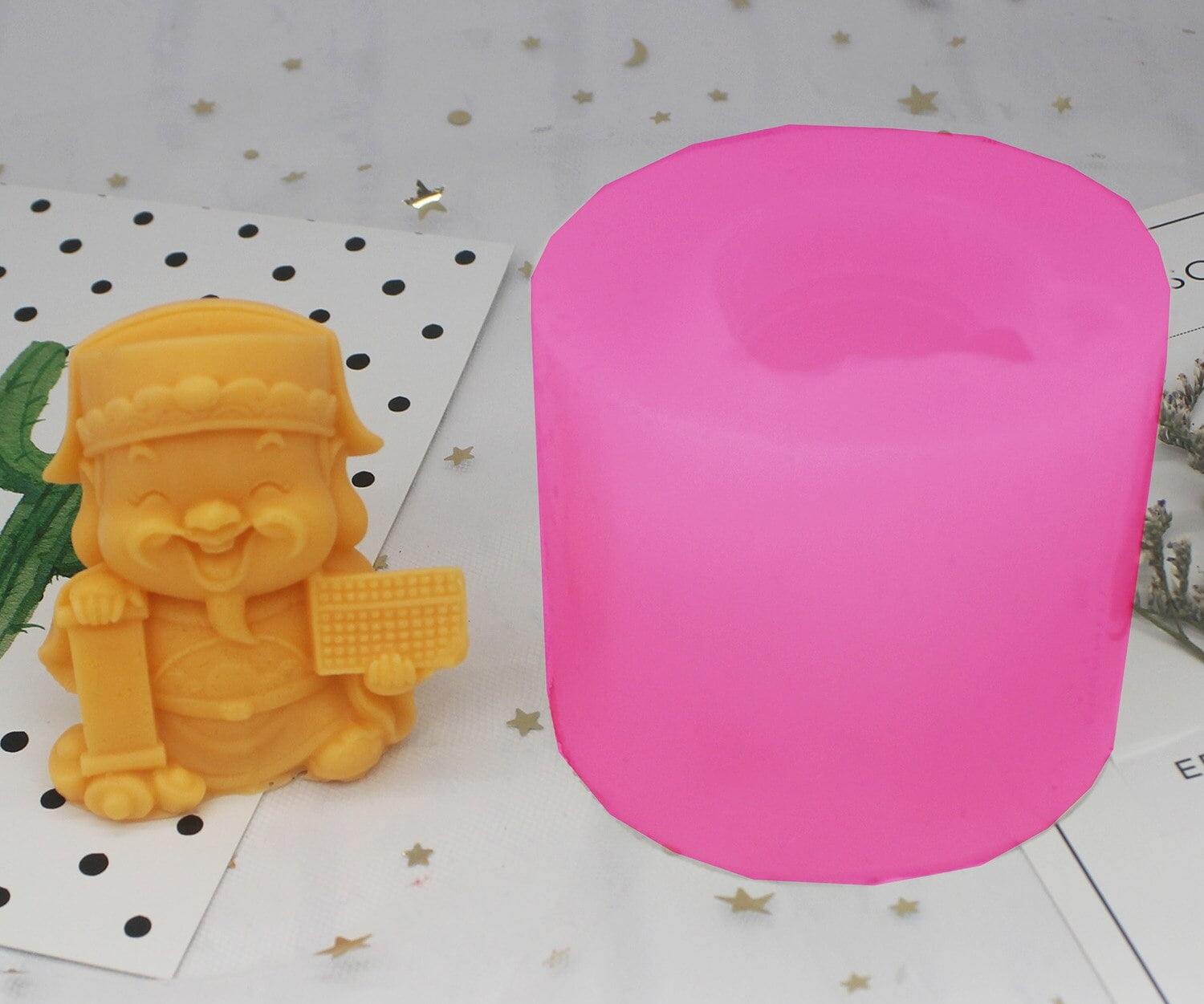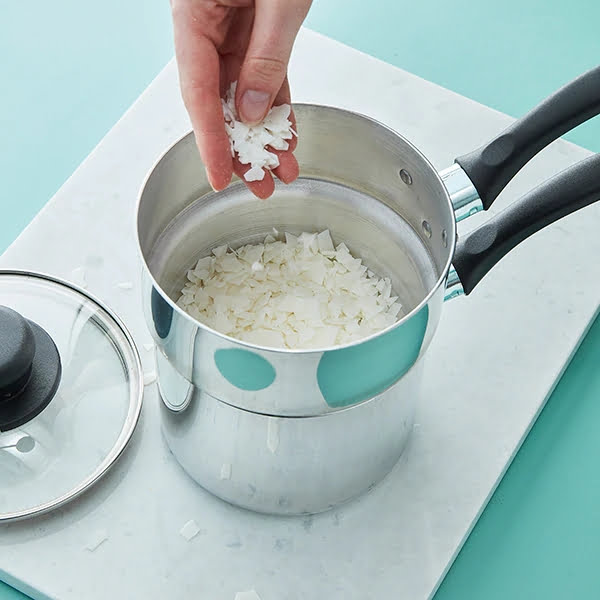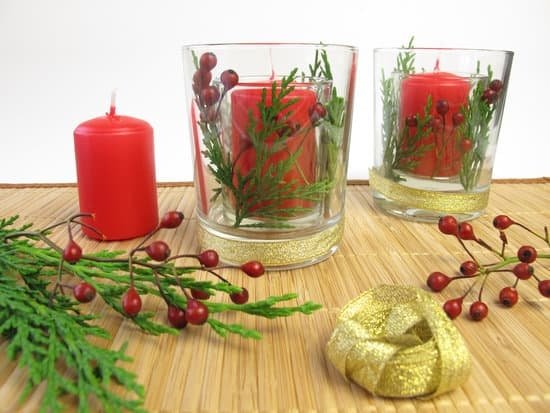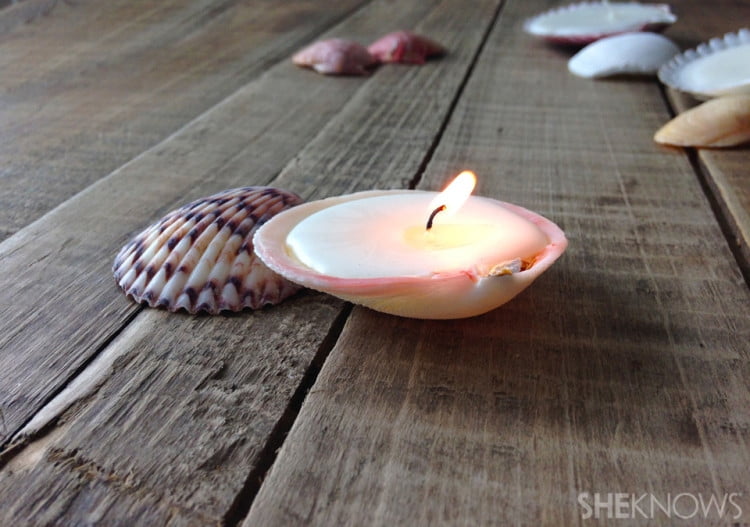Introduction to Fragrance for Making Candles
Fragrance plays a very important role in candle making, giving candles a unique and special scent when lit. Different types of fragrance can be used for making candles, allowing for a range of outcomes, depending on the type chosen. Fragrances can be synthetic or natural and choosing between the two depends entirely on personal preference as both offer their own distinct benefits.
Synthetic fragrances can offer many benefits over natural fragrances when it comes to candles. Synthetic scents are often strong and long-lasting, meaning fewer fragrant oils will be necessary for your project, making the process much more cost-effective. Furthermore, synthetic fragrances tend to provide an even more consistent scent than natural smells that can fade quickly or differ from batch to batch. Lastly, there is often a much larger selection of synthetic fragrances available compared to natural options.
On the other hand, natural fragrances serve their own purpose in making scented candles too. Natural ingredients are all-natural and free from chemicals which may irritate people with sensitive skin or allergies. Furthermore, working with essential oils provides the added benefit of aromatherapy – while you’re crafting your candles you’ll be able to enjoy calming and invigorating scents at the same time! With so many different natural ingredients available to choose from ” like lavender, rosemary, mint and eucalyptus ” you can concoct any scent imaginable!
When selecting a fragrance for your candlemaking projects it is important to understand size does matter: Generally speaking as little as 1% by weight (of lid wax or other) may be enough yet recipes may contain up to 5%. The amount used depends on factors such as type of wax used; smaller batches need more scent than bigger ones while some require more curing time than others before they reach maximum strength and intensity of aroma. Experimentation is key in order to get desired results!
Types of Fragrances for Candle Making
Natural fragrances for candle making are generally made from plant and animal sources, including herbs, spices, flowers, woods, and musks. Plant-based fragrances come from distillates of plants that contain essential oils. Synthetic fragrances are chemical compounds designed to mimic naturally occurring scents in nature. Essential oils are highly concentrated versions of scents found in nature”they are found either through distillation or cold-pressing. Lastly, there are other miscellaneous types of fragrance for candle making that may be a combination of both natural and synthetic essences such as soy or beeswax blends. The types of natural materials used depends on the desired scent but can include everything from essential oils to citrus peels, wood shavings and petals. Plant-based scents often contain complex components derived from a variety of plants as well as chemical components to help enhance their strength and longevity. Synthetic fragrances are man-made but still made using raw materials sourced from plants and animals”mainly to produce inexpensive yet effective products that don’t rely on expensive extraction processes necessary for natural fragrances.
Beneficial Effects of Using Fragrance for Making Candles
Fragrance can have a dramatic effect on the overall quality of a candle. It adds a pleasant aroma to the home and can stir emotions within the people who experience it. Fragrances also help create ambiance and atmosphere, which enhances the experience of lighting ” and even owning ” a candle. People often associate certain smells with certain moments in life, making fragrances an essential part of making any home-crafted candle special.
In addition to its aesthetic qualities, fragrance also serves practical purposes in candles as well. Aromatic oils used to make scented candles increase their burn time and slow down their rate of melt, allowing for longer use and fewer wax losses during burning. This helps give consumers more ‘bang for their buck’ when it comes to purchasing or crafting a candle at home.
Furthermore, fragrance helps today’s consumers get creative with their home-made products. Essential oils are available in so many varieties, blending multiple scents together opens up endless possibilities for creating unique combinations that will capture memories or express feelings intimately connected with particular scents. Candle makers also benefit from using quality ingredients for fragrance as this helps ensure good burning performance and efficient scent diffusion into surrounding environments
How to Select the Right Fragrance for Different Types of Candles
There are a wide variety of fragrances to choose from when making candles, so selecting the right scent for the type of candle you’re preparing is essential. Depending on the type of fragrance, it may be ideal for certain types of candles over others because some scents may not hold up or blend properly with certain ingredients in wax or wick materials. Furthermore, the environment in which your candle is burning should also be taken into consideration ” if the fragrance doesn’t compliment the room or match its other elements, that could lead to an unpleasant experience for you and any guests you have over.
When selecting a fragrance for pillar candles, like tapers and jar styles, it’s always a good idea to opt for more robust aromas like fruit and spices as these tend to hold up well throughout the burning process. Floral scents work great too depending on what look you’re going for ” but avoid citrus-centric fragrances as those tend to evaporate rather quickly due to their light base notes. If you’re making tealights, go ahead and use whatever kind of scent you can get your hands on as those burn quickly anyway so there won’t be much chance for evaporation in this case. For votives, any oil-based perfumes are equally okay as they’ll serve nicely while burning inside enclosed spaces like cups and jars. Last but not least, container candles are best complemented by stronger tones such as woody and deep musk essences that can fill larger rooms with ease ” these will also carry better due to slower burn times.
Tips for Combining Different Fragrances to Create a Unique Aroma
When making a scented candle it is important to use the right fragrances to create an aromatic masterpiece. By blending different fragrances, you can create a captivating scent that will linger throughout your home or workspace. Below are some tips on how to combine different fragrances so you can create a unique aroma:
– Experiment with combinations of similar notes. Start by choosing several scents that have complementary notes. For instance, a woodsy smell could be combined with earthy scent, while floral fragrances could be paired with fruity aromas.
– Use infused essential oils. These can add depth and complexity to your scent by adding base notes like vanilla, patchouli, or cedarwood.
– Combine top and mid tones for balance. Start by combining a few top and mid tone scents together in order to get the right balance between strong and subtle smells in your candle.
– Layer scents for additional complexity. Pick out three or four different scents that complement each other and layer them one at a time until you get the desired aroma intensity.
– Create accentuates with herbs or spices . Adding some herbs or spices like cinnamon, nutmeg, lavender or lemon thyme at the end of your combination process can help intensify certain elements of the primary scent blend. Just be sure not to overdo it – too much spice will overpower the main aroma!
Techniques for Adding the Right Amount of Fragrance at the Right Time
When making candles, it is important to pay attention to the amount of fragrance you are adding as well as the timing of when you add it. Too much fragrance can overwhelm a candle’s other pleasant elements, while too little may leave your customers disappointed. The amount of fragrance added will depend on the type of wax used, so be sure to check the manufacturer’s advice before getting started.
When it comes to timing, most major suppliers recommend that scent be added during the cooling process. If you try to add it earlier, this could lead to a decrease in effectiveness and potentially the loss of certain scent notes. Additionally, adding scent too late in the process can cause it to evaporate out during curing or eventually burning. To ensure your candles have just the right amount of scent that will last throughout curing and burning, add it when wax temperature has dropped from pouring temperature (normally around 180°F) by about 80-100°F or lower. This could take a few minutes depending on size and type of the vessel being used.
Strategies for Making Fragrance Last in Candles
One of the most important factors to consider when making candles is how to make a fragrance last. To ensure your candle smells great, there are several strategies you can employ.
First, use one or more types of wax and higher volumes of fragrance oils. Blending different waxes together often results in making the scent last longer, and using more oil will help post a greater scent throw. Additionally, test each wax blend and individual fragrance combination to determine the best scent throw possible.
Second, choose the right wick size for the candle container by consulting an online wick calculator or testing burning samples with various wick sizes until you find one that gives off no smoke upon use. The correct wick size helps promote a better burn as it ensures that there is an adequate supply of heat, oxygen and fuel (the melted wax) throughout the lifespan of your candle.
Thirdly, keep in mind that temperature and humidity can affect how long fragrances last; furthering shorten their life cycle when melting wax at too high temperatures or surrounding them with moist air for extended periods. Therefore, store your candles away from extreme temperatures and humid conditions to get the best performance from them and prolong your scents life cycle.
Finally, be sure to select high quality materials such as pure soy waxes over blends of natural or synthetic waxes which won’t hold up under heating conditions resulting in poor scent retention over time. Furthermore opt for high-end oils which were specifically designed for candle making for optimum results in terms of smell longevity amongst other qualities such as colour stability et cetera.
What to Look For When Choosing Fragrance for Making Candles
When choosing a fragrance for making candles, there are several factors to consider. First, determine the type of candle that you want to make; whether it’s pillar candles, votive candles, or floating candles. The type of wax used will also impact which fragrances are best suited for that particular candle type. For example, some fragrance oils are not suitable for use in soy wax because they can cause the wax to break down prematurely. Additionally, take into account what kind of environment the candle will be burned in; an outdoor garden setting may require more robust fragrances so the scent doesn’t become lost in the breeze and get overpowered by other elements in the atmosphere. Similarly, if using wax melts rather than burning a wick-based candle, then very strong scents might be preferred so they don’t have to compete with furniture or fabric odors in a closed area setting. Furthermore, when selecting scents think about what your customers would like; unique or traditional fragrances? Oftentimes familiar smells are associated with nostalgia and people will appreciate having something special to trigger those lovely memories. Finally, research should be done on each fragrance you choose to ensure that it doesn’t discolor your finished product or alter its shape due to flashpoint temperatures being too high due to excessive amounts of certain aromatic elements included in its blend.
Conclusion
Fragrance for making candles is an exciting and creative way to enjoy the wonderful world of aromatherapy. Whether you are an experienced candle maker or are just starting out, there is a fragrance for making candles that will enhance your creativity and help you to create beautiful fragranced products. Start by exploring some of the top-selling fragrances for making candles, such as lavender, jasmine, rosemary, ylang-ylang, cloves, pine, sandalwood and many more. Each unique scent has its own special properties that have been used in traditional healing methods for centuries. Experiment with different combinations of these fragrances to develop a signature scent that represents your candle style.
You can also explore the wide range of essential oils available at your local craft store or online marketplace when looking for fragrance for making candles. Essential oils such as eucalyptus oil, peppermint oil, lemon oil and bergamot oil all create unique aromas perfect for customizing your candle creations. Essential oils have an even deeper connection to aromatherapy as they contain natural therapeutic properties beneficial for both physical and emotional wellbeing ” ideal for creating beautifully fragrant products which leave people feeling lighthearted and relaxed. Finally don’t forget scented ceramic beads; these are made from wax coated glass spheres which absorb any type of fragrance oil ” perfect if you want to create long burning pillars or decorative tarts which quickly fill any room with your favorite aroma! By exploring the world of aromatherapy through these different forms (i.e.: essential oils/fragrances) you can bring joy to yourself and those around you with fragrance created candles crafted in your very own home!

Welcome to my candle making blog! In this blog, I will be sharing my tips and tricks for making candles. I will also be sharing some of my favorite recipes.





